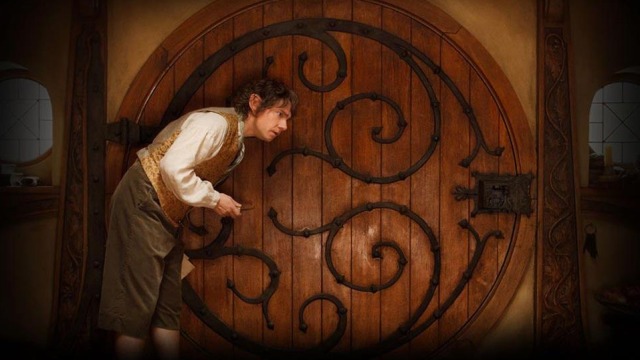SUMMARY
This is AI generated summarization, which may have errors. For context, always refer to the full article.

PARIS, France – What was it like to live in the leafy Shire, the starting point of Bilbo Baggins’ trek in “The Hobbit”?
And how did Frodo and Sam feel as, step by step, they made their way across the heat-blasted wastes of Mordor in the climax of “The Lord of the Rings”?
Fans who really want to know may find answers in a computerized simulation of the climate of Middle Earth, the setting for J.R.R. Tolkien’s fantasy.
“The climate of Middle Earth has a similar distribution to that of Western Europe and North Africa,” according to the quirky study, authored by scientists at Britain’s Bristol University.
Parts of eastern Europe, especially Belarus, as well as the eastern English counties of Lincolnshire and Leicestershire, have a climate that is very similar to that of the Shire, it says.
“Los Angeles and western Texas in the USA, and Alice Springs in Australia, have an annual-average climate very similar to that of Mordor.”
The investigation also establishes that there is a dry climate east of the Misty Mountains because the range casts “rain shadow,” meaning that its peaks are so high that they prevent prevailing winds from bringing moisture to the region.
“It can be seen that there are strong westerly (i.e. coming from the west, towards the east) winds in the coastal southern regions of Middle Earth, in particular in the Bay of Belfalas,” it suggests.
“Conversely, there are easterly winds in the north of Middle Earth. This may explain why ships sailing to the Undying lands to the West tended to set sail from the Grey Havens, situated in the region of these easterly winds.”
The study (http://www.bris.ac.uk/news/2013/10013.html) is a bit of fun – the author is named as “Radagast the Brown”, the name of one of the wizards in “The Lord of the Rings,” and the paper is published in elvish and dwarvish as well as in English.
It has a serious side, though, as an intellectual exercise, using knowledge of topography, prevailing winds and the water cycle to simulate a climate system.
It indirectly helps to finetune models of other planets, said Professor Richard Pancost, director of the university’s Cabot Institute, which specialises in climate-risk assessment.
“Because climate models are based on fundamental scientific processes, they are able not only to simulate the climate of the modern Earth, but can also be easily adapted to simulate any planet, real or imagined, so long as the underlying continental positions and heights and ocean depths are known,” Pancost said in a press release.
The simulation, conducted in the scientists’ spare time, was made using HadCM3L, one of the leading models used to predict trends in global warming. – Rappler.com
Add a comment
How does this make you feel?
There are no comments yet. Add your comment to start the conversation.